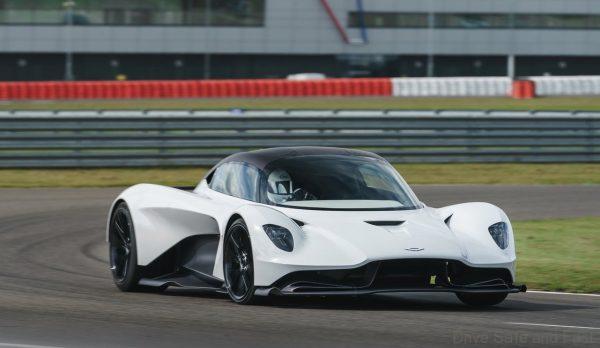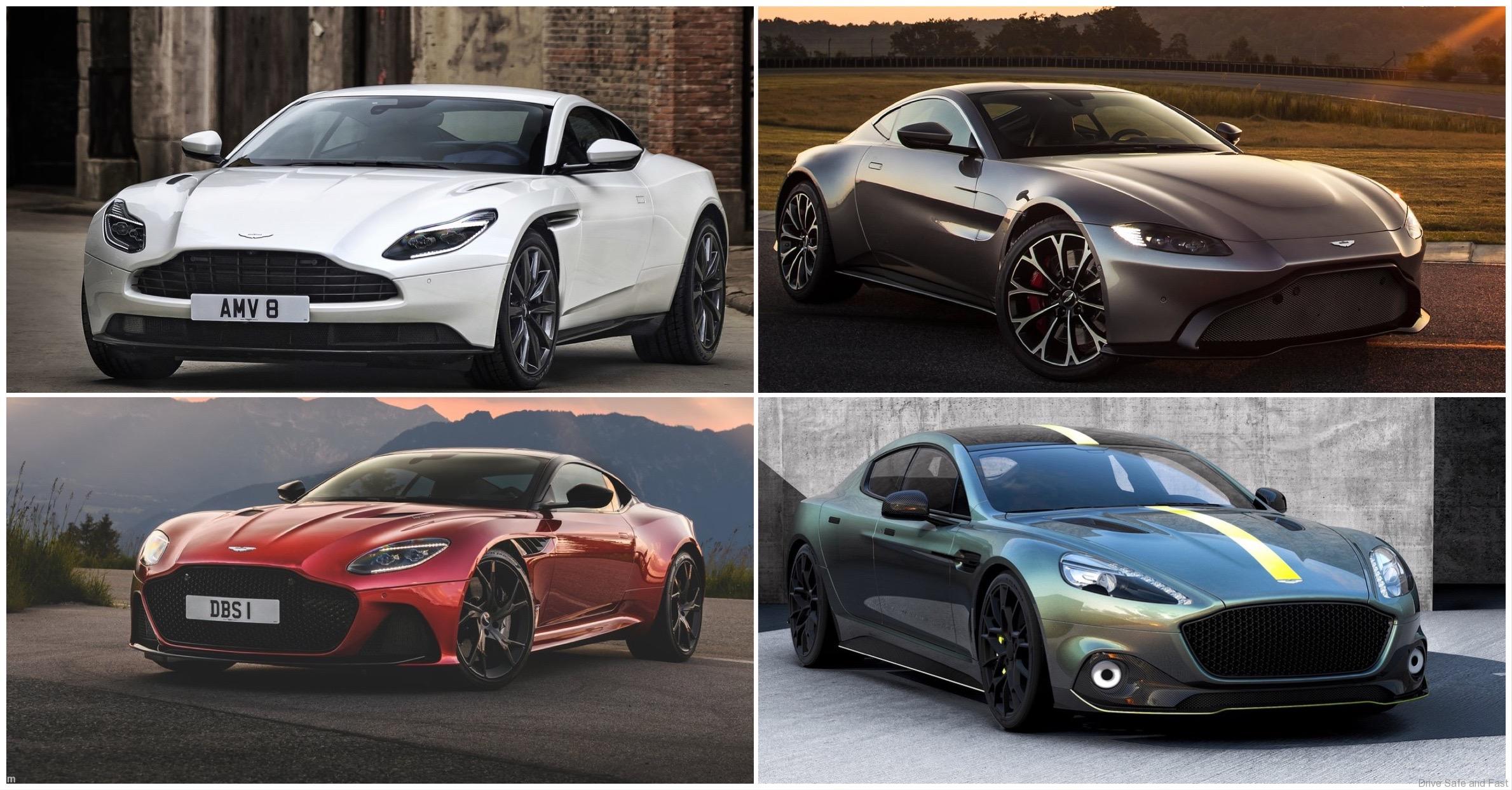We spent last year simplifying model nomenclature for just about every ‘premium’ car brand, including Mazda and Genesis this year. While every car company in the premium segment goes about it their own way, what’s clear is that the premium segment has an obsession with very logical naming structures. I’m not a marketing person, but from what I can tell, that’s just how things came to be in that segment over the years. Maybe it was something started and perfected by the big three German brands – and that informed the rest of the market. Alfa Romeo, one of the brands that didn’t get a nomenclature article from me, didn’t get one particularly because it tried to disobey the rules of the segment by injecting a little personality into its model names. But even it has some loose naming rules.
Anyway, the point is, if strict nomenclature is what defines the premium segment, it’s utter confusion and historical references that define the luxury/performance segment. This series I’m starting will hopefully cover the following brands:
- Aston Martin
- Bentley
- Bugatti
- Ferrari
- Koennigsegg
- Lamborghini
- Lotus
- Maserati
- McLaren
- Porsche
- Paganni
- Rolls-Royce
Yes, there are smaller, more exclusive brand than these, but these are the ones on my radar for how much more active they are in the current automotive scene. Unlike the Nomenclature series, this series will only serve to explain current and soon-to-come models.
Current Models
DB11
The DB11 is the ‘starter’ Aston Martin if there were such a thing. It debuted in 2016, replacing the DB9 and bringing a new chassis with it, along with the blueprint for all future Aston Martins. Think of it as a grand tourer – a very fast sports car with a bias towards comfort and long-distance usability. There’s an engine in the front and power is sent to the rear wheels.
It debuted with a twin-turbocharged V12 (DB11 V12), but this was replaced by a more performance-oriented model (DB11 AMR). This happened after Aston Martin introduced an entry-level model with a smaller twin-turbocharged V8 (DB11 V8) that proved much more popular than the V12. The V8 version can also be had as a convertible (DB11 Volante).
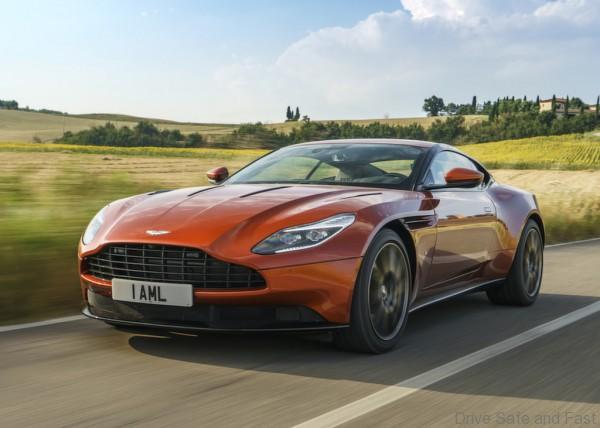
Dimensions
| Wheelbase | 2,808 mm |
|---|---|
| Length | 4,739 mm |
| Width | 2,060 mm |
| Height | 1,279 mm |
| Kerb weight | 1,760 kg – 1,875 kg |
DBS Superleggera
The DBS Superleggera is the flagship model of Aston Martin, replacing the Vanquish in that role in 2018. It builds on some of the same parts as the DB11, but a lot of that has been reworked for maximum performance. Think of it as a no-expense-spared Super Grand Tourer with a big twin-turbocharged V12 in front, sending power to the rear wheels. The convertible version of this vehicle (DBS Superleggera Volante) suffers almost no performance penalty versus the standard coupe.
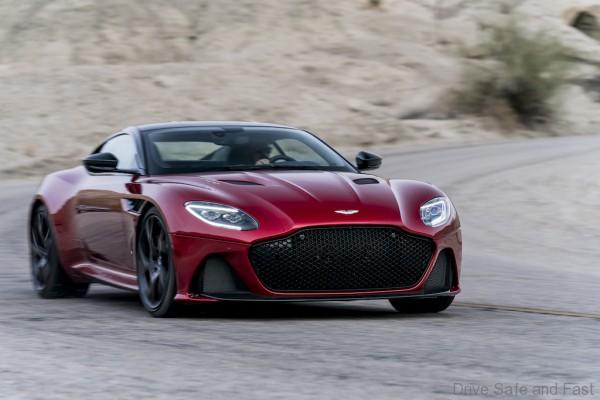
Dimensions
| Wheelbase | 2,805 mm |
|---|---|
| Length | 4,715 mm |
| Width | 2,145 mm |
| Height | 1,280 mm |
| Kerb weight | 1,693 kg |
Rapide AMR
The Rapide is oldest model in the current Aston Martin stable. It has been in production since 2010. Think of it as a high-performance super saloon, like the Porsche Panamera. It has a 5-door liftback design and was meant to bridge the gap between grand tourer and sports sedan. Throughout its production it was fitted with a V12 engine. A performance increase was offered during the facelift (Rapide S), as was a hybrid (RapidE). The current version being sold (Rapide AMR) has higher performance than ever and better equipment.
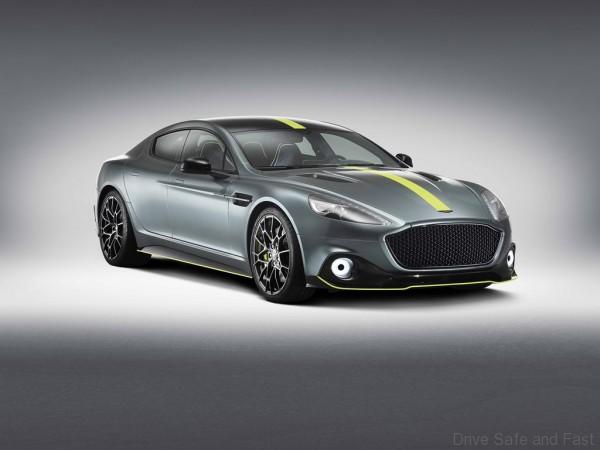
Dimensions
| Wheelbase | 2,990 mm |
|---|---|
| Length | 5,019 mm |
| Width | 1,928 mm |
| Height | 1,359 mm |
| Kerb weight | 1,990 kg |
Vantage
The Vantage is the lightest, most-nimble Aston Martin currently produced. It’s the true “Sportscar” of the lot, focusing not on ‘tourer’ aspects and more on driver enjoyment, with just 2 seats. This Vantage was introduced in 2018, succeeding the previous Vantage which had been in production since 2005. This Vantage is based largely on the DB11’s technologies but re-purposed for a more agile package. It is only available with a V8. However, it can be had as a performance-oriented, manual-gearbox equipped version (Vantage AMR) or with as a soft-top convertible (Vantage Roadster).
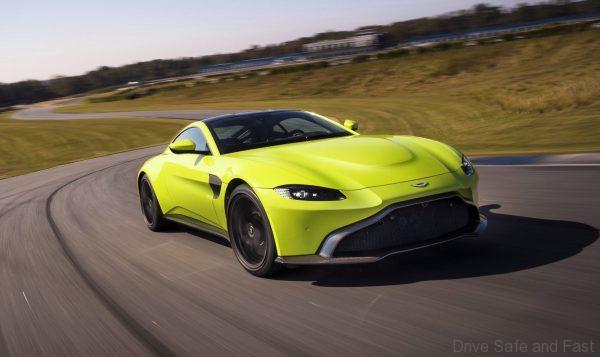
Dimensions
| Wheelbase | 2,705 mm |
|---|---|
| Length | 4,465 mm |
| Width | 1,943 mm |
| Height | 1,272 mm |
| Kerb weight | 1,530 kg |
Upcoming Models
Future models are always tough to talk about, since things can change or be cancelled. So we’ll just get through these quickly.
DBX
A mid-sized SUV which shares some technologies with the DB11 and Vantage (bonded aluminium chassis and extrusions, Mercedes-AMG sourced engine). It will feature an all-wheel drive system.
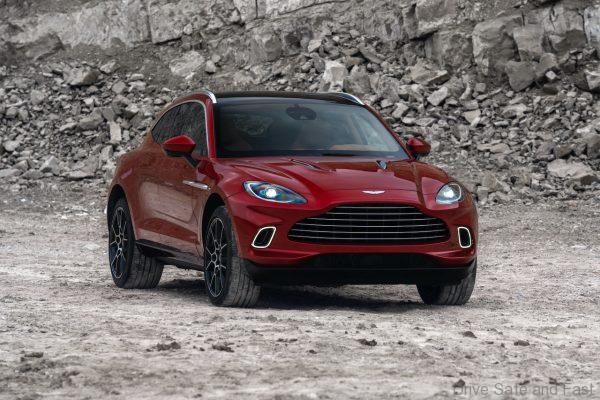
Valkyrie
A hypercar with a huge track focused design and some mild electrification. Combines a 6.5-litre Cosworth engineered V12 and a Kinetic Energy Recovery system. Rear-engined, and rear-wheel drive.
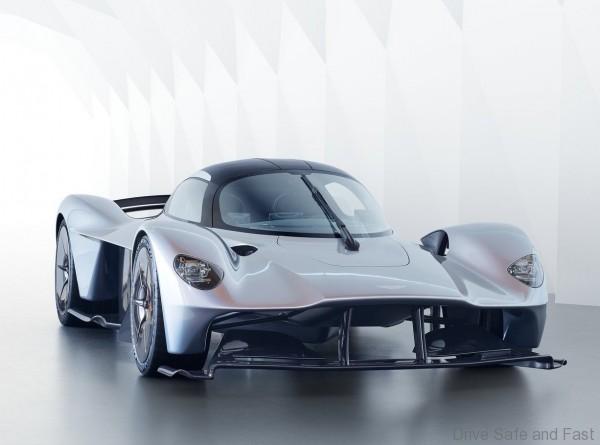
Valhalla
A milder mid-engined supercar than the Valkyrie, but still more performance-oriented than their existing options. It will also feature a Kinetec Energy Recovery system but use a smaller, all-new 3-litre twin turbo V6.
